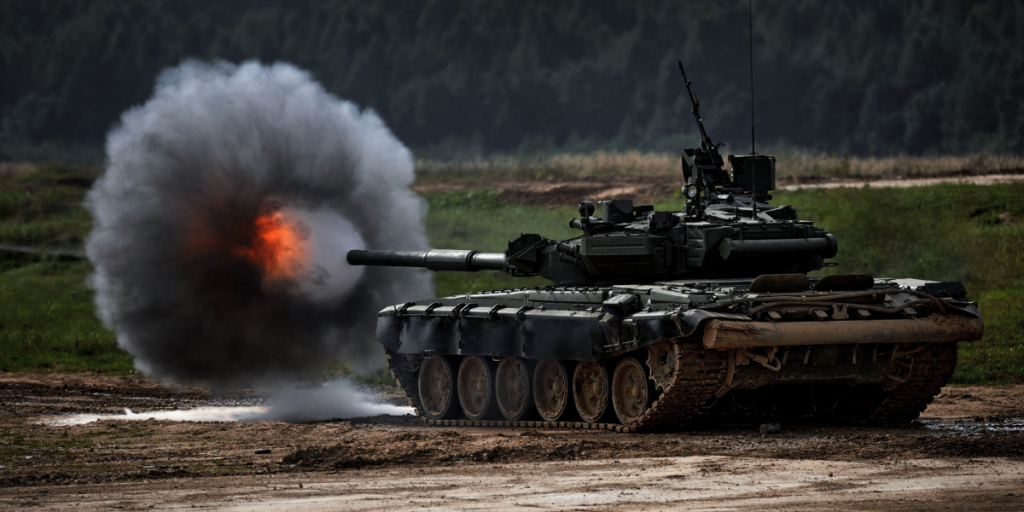Througout 2025, Russia has mostly abandoned mechanized warfare, but three assaults in less than a week signals a shift.
Others are reading now
Throughout 2025, Russia has mostly abandoned mechanized warfare, but now there’s been three assaults in a week.
What is happening?

In a significant shift, Russian forces have resumed large-scale mechanized assaults in Donetsk Oblast after months of relying mostly on infantry tactics, Institute for the Study of War (ISW) reports.
This marks a tactical inflection in the ongoing conflict, signaling that Moscow may be reassessing how it engages Ukrainian defenses.
Mechanized assaults had nearly disappeared
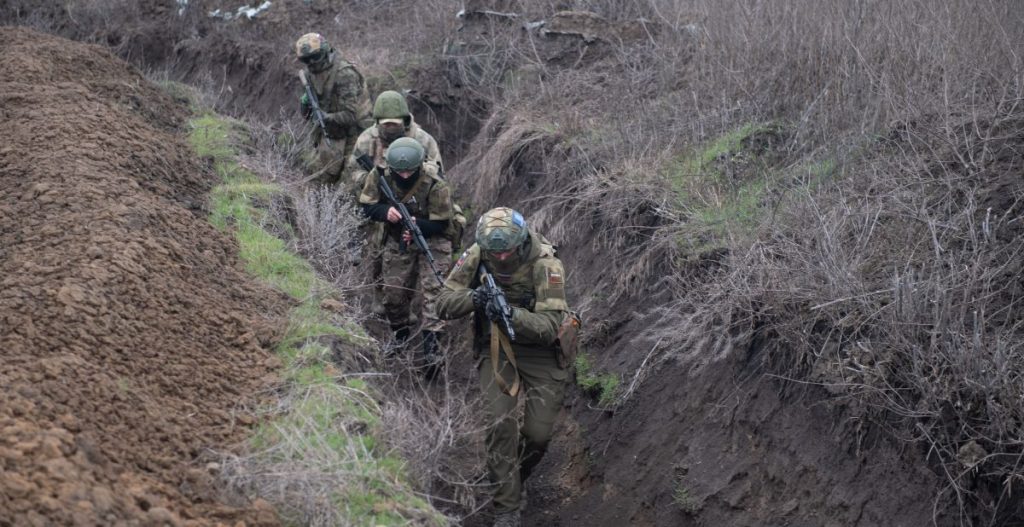
Throughout most of 2025, Russia largely abandoned reinforced company- or battalion-sized mechanized assaults.
These tactics had previously been a mainstay, but by late 2024, they dwindled significantly.
Also read
Only a few such operations were recorded in the first nine months of 2025.
Infantry infiltration dominated most of 2025
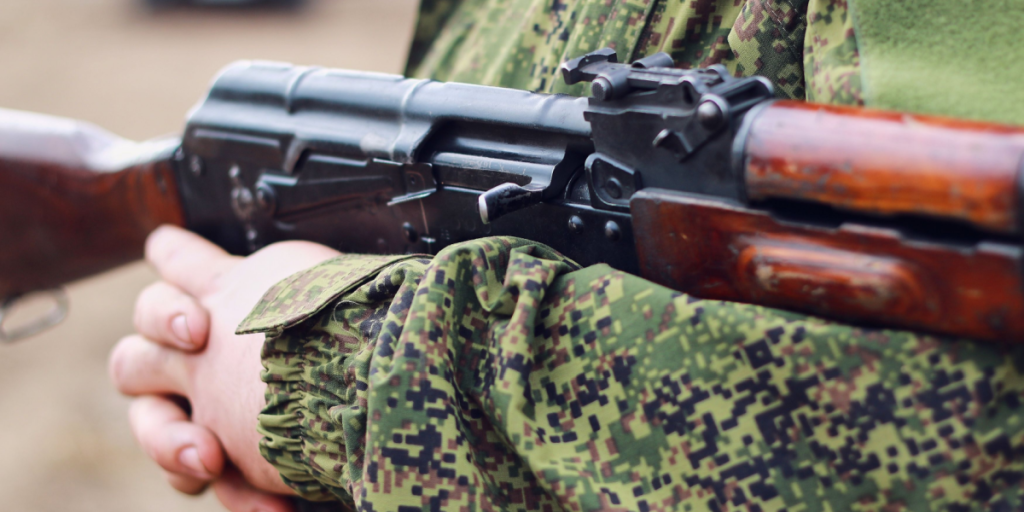
Instead of using armor, Russian forces leaned on small infantry groups to carry out infiltration-style operations, slowly gaining ground across various parts of the front.
This more cautious, lower-profile approach defined much of Russia’s battlefield behavior earlier in the year.
Shift to larger attacks begins in key Donetsk sectors
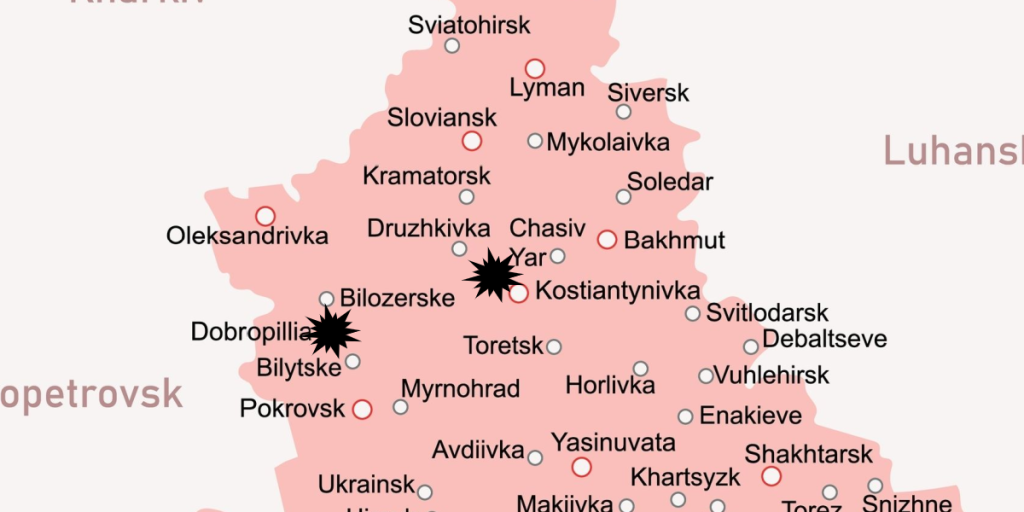
In the past two weeks, this trend has reversed in two priority areas: the Kostyantynivka-Druzhkivka axis and the Dobropillya area.
Here, Russian troops have launched at least three reinforced mechanized assaults, signaling a return to heavier battlefield engagement.
Also read
Pankivka sees renewed armor activity on October 6
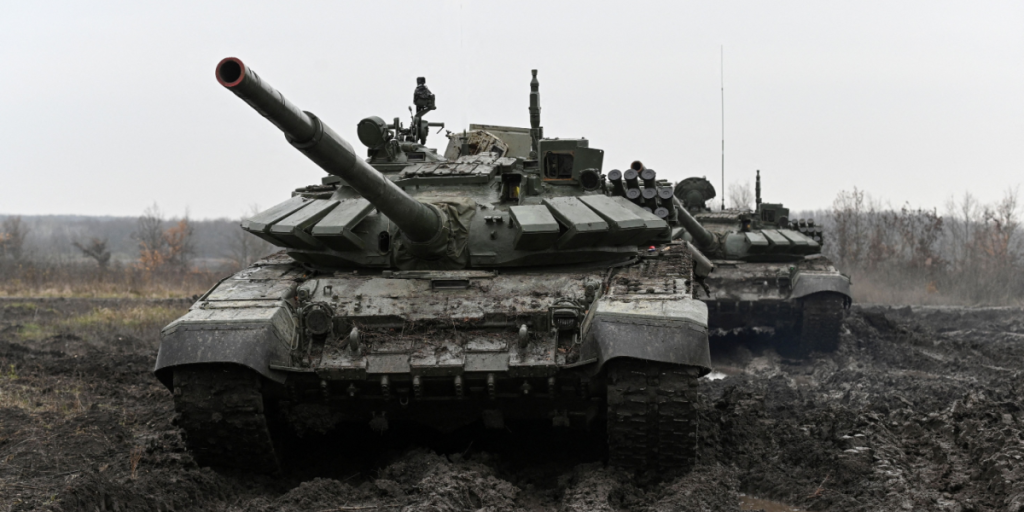
The first major assault took place near Pankivka, just east of Dobropillya, around October 6. It involved at least a reinforced company’s worth of Russian forces.
Ukrainian defenders reported destroying or damaging four tanks and eight armored vehicles during the engagement.
Russia escalates with battalion-sized push near Shakhove
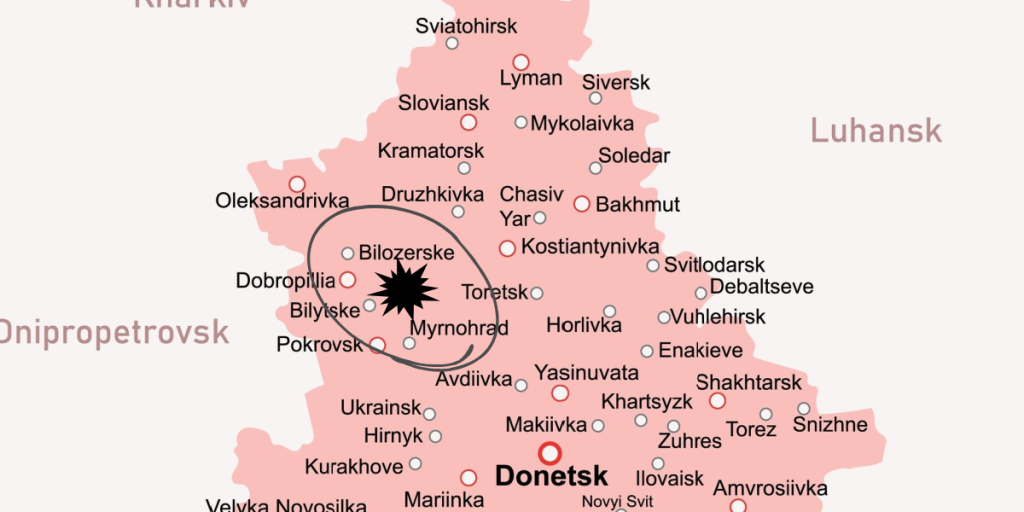
On October 9, Russian troops escalated further with a battalion-sized mechanized assault south of Shakhove and Volodymyrivka.
Ukrainian reports indicated that at least 35 armored vehicles and motorcycles were involved — one of the largest such operations in months.
Ukrainian forces inflict major losses near Volodymyrivka
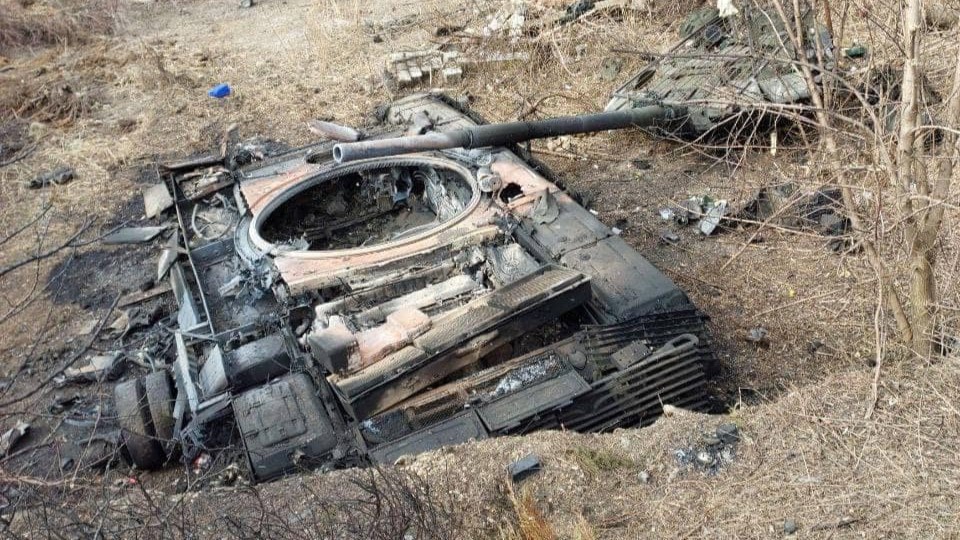
The October 9 assault resulted in heavy Russian losses.
Also read
According to Ukrainian sources, three tanks, 16 armored vehicles, and 41 motorcycles were destroyed or damaged during the fighting.
This marked a significant tactical failure for Moscow despite its aggressive approach.
Another attack repelled in the Dobropillya direction
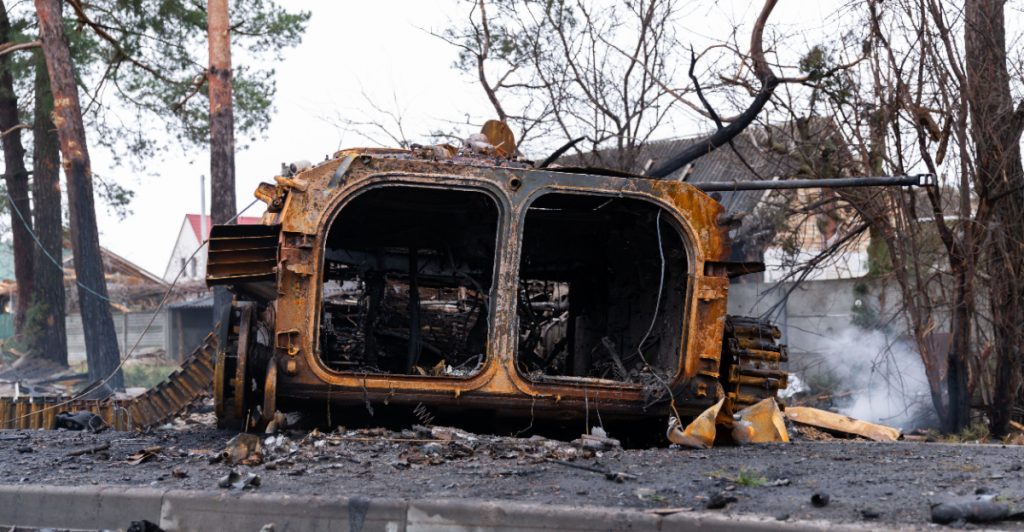
A third assault came on October 13, again in the Dobropillya area.
Ukraine’s 1st Azov Army Corps reported that Russian forces brought 16 armored vehicles and an unspecified number of motorcycles.
Ukrainian troops destroyed 13 armored vehicles, three tanks, and three motorcycles in response.
Also read
Russian forces maintain the same assault playbook
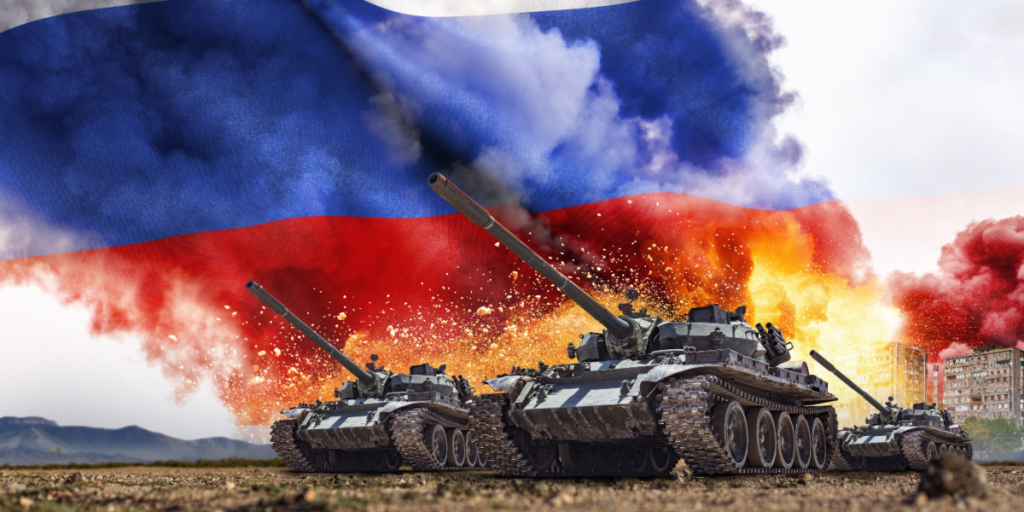
Despite the change in scale, the core Russian tactics remain familiar.
Troops are transported to the front using a combination of armored vehicles and motorcycles.
After reaching forward positions, they dismount and launch direct attacks on Ukrainian lines.
Electronic warfare deployed to suppress Ukrainian drones
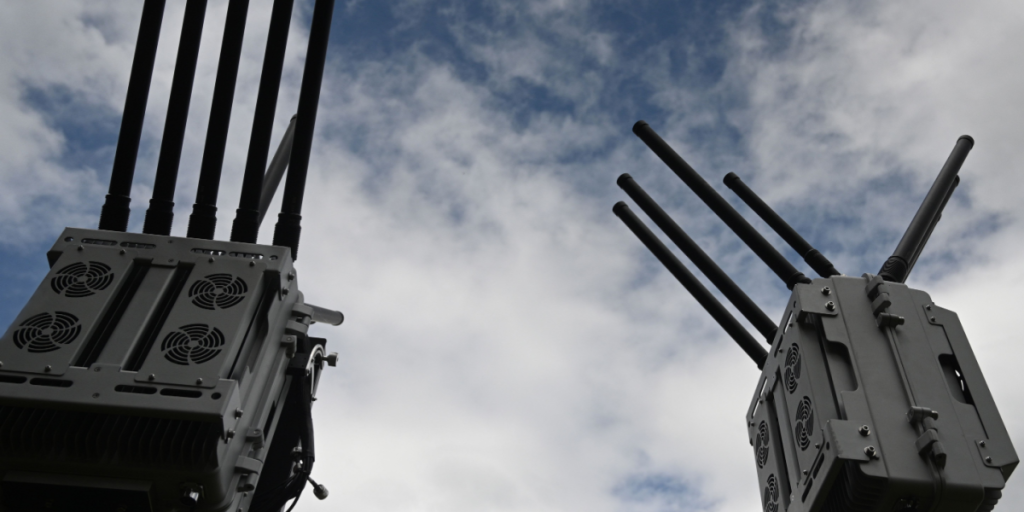
Russia is also relying heavily on electronic warfare (EW) systems to support its assaults.
These systems jam Ukrainian drones during key moments of attack, limiting Ukraine’s ability to monitor movements or call in precise artillery strikes during mechanized advances.
Also read
Experienced Russian brigades spearhead the assaults
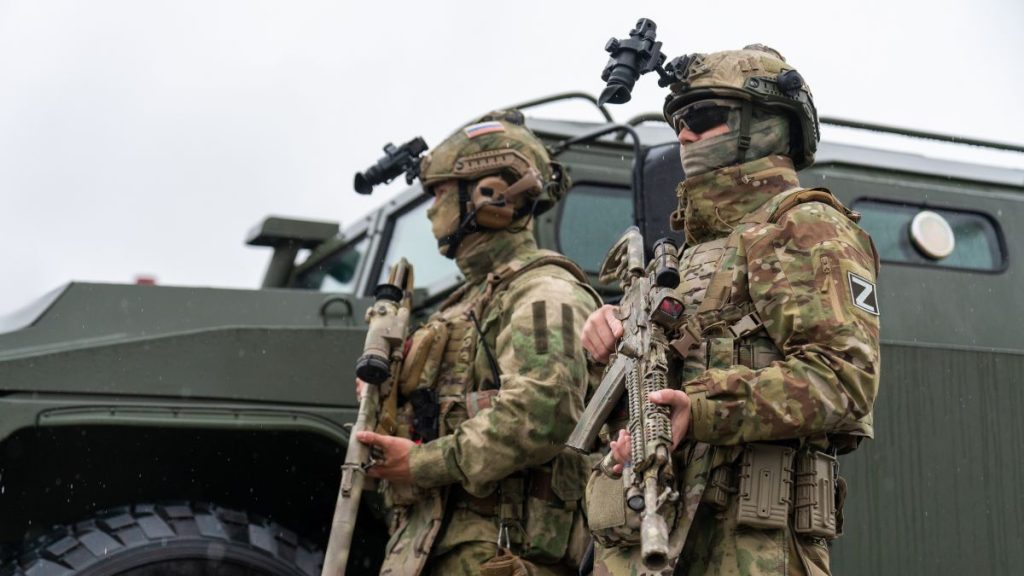
Ukraine has identified several Russian units involved in these operations, including the 5th Motorized Rifle Brigade of the 51st Combined Arms Army and the 155th Naval Infantry Brigade of Russia’s Pacific Fleet.
These seasoned units have previously fought in key offensives near Donetsk City.
Fog and rain are aiding Russian operations

Poor weather appears to be a deliberate part of Russia’s timing.
Ukrainian sources and weather data confirm that these recent assaults coincided with rain, fog, and cloud cover — all conditions that reduce the effectiveness of Ukraine’s drone surveillance and targeting.
Attacks align with bad weather

Meteorological data supports these claims. On October 6, the Dobropillya area experienced cloudy skies and fog.
Also read
On October 9 and 13, light to moderate rainfall was recorded at the assault sites.
These conditions provided cover for Russian movements on the ground.
Russia seizes weather windows for other operations too
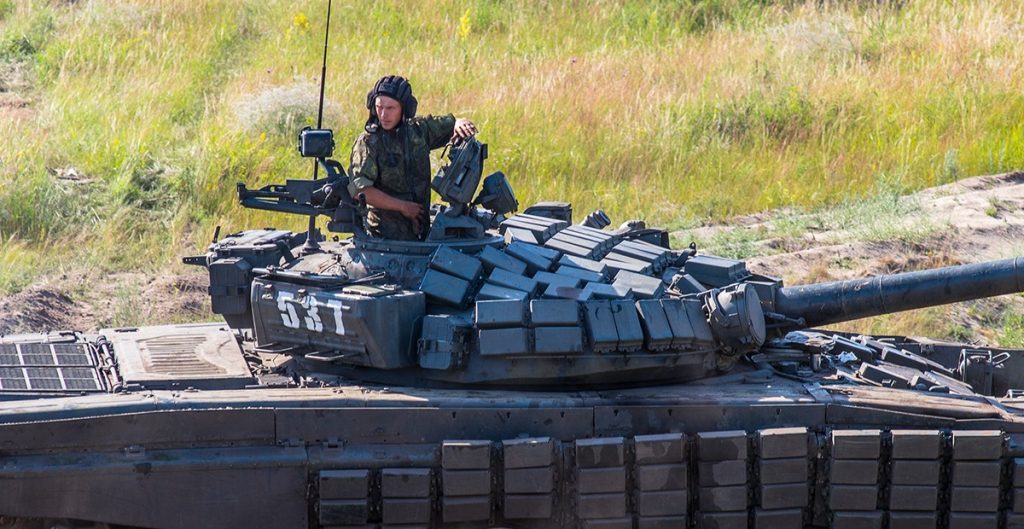
Open-source analysts have noted similar weather-driven tactics elsewhere.
In the Lyman direction, Russian forces used high winds and limited drone activity to build a bridge across a river — moving tanks, IFVs, and artillery while Ukraine’s drones were grounded.
Armor used where infantry stalls
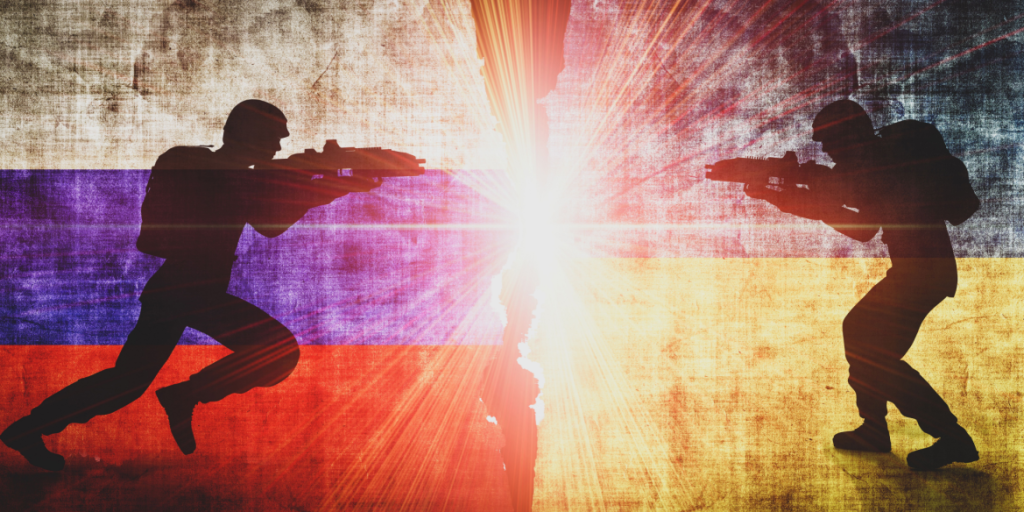
Some experts suggest these mechanized pushes are a response to Russian infantry struggles.
Also read
Ukrainian analyst Kostyantyn Mashovets noted that Russian forces, particularly the 51st Combined Arms Army, have failed to take Shakhove despite repeated infantry attacks.
But why now?
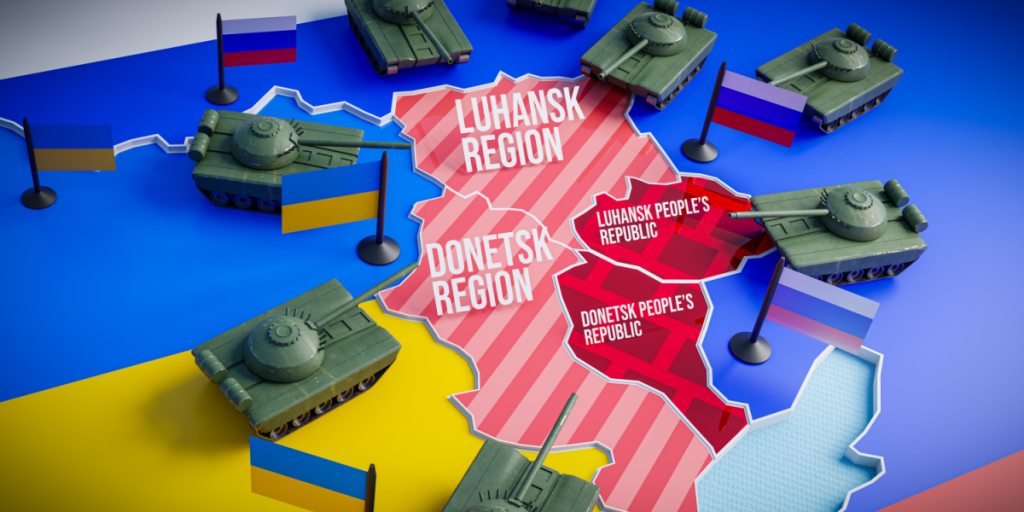
The big question is, whether the increased use of mechanized vehicles is a sign og confidence or panic from the Russian command.
It can be interpreted as intelligent strategic use of the natural forces to give yourself an edge on the battlefield, but it can also be interpreted as the Russian’s realizing that their previous infantry-based tactics simply aren’t effective enough.

